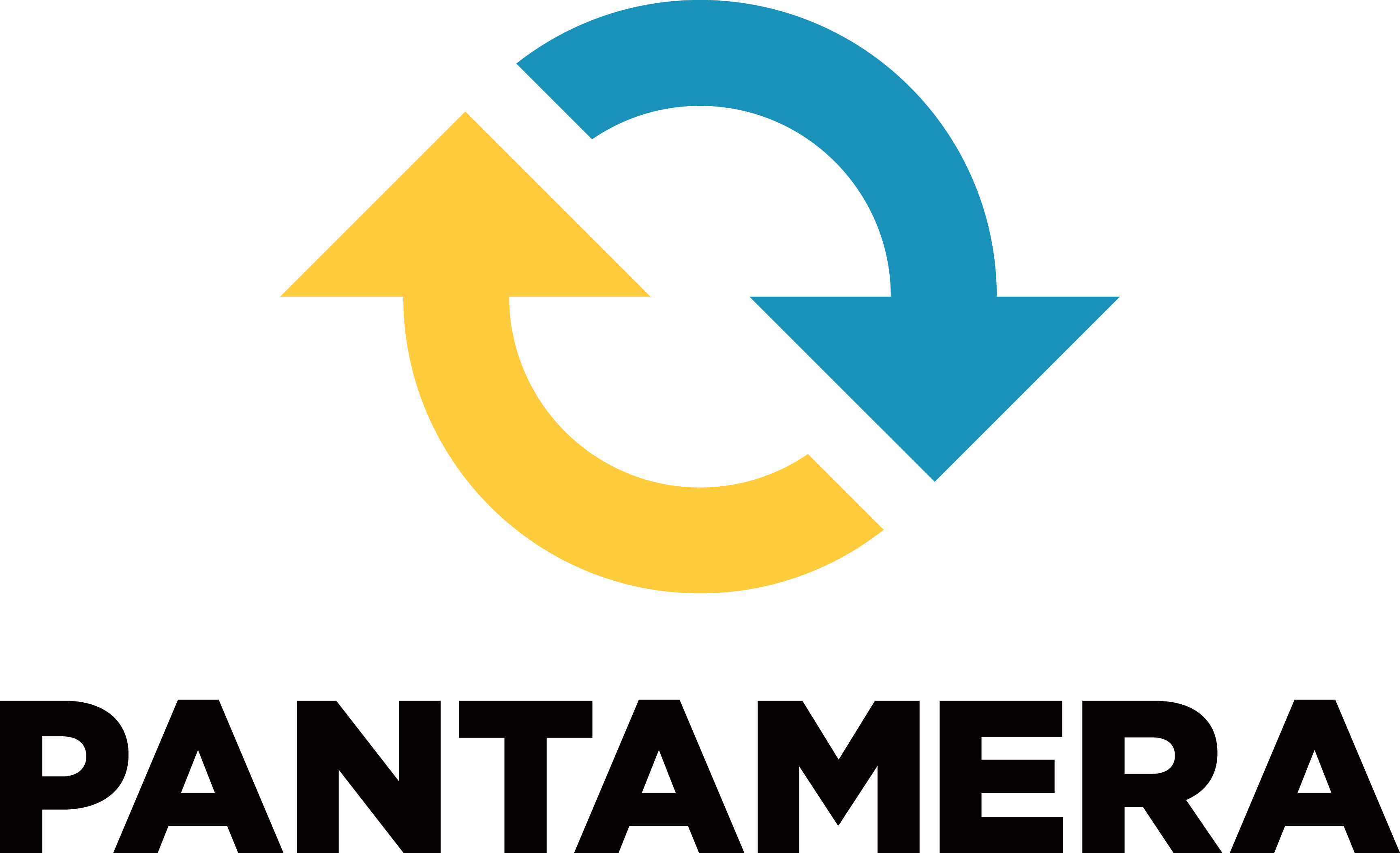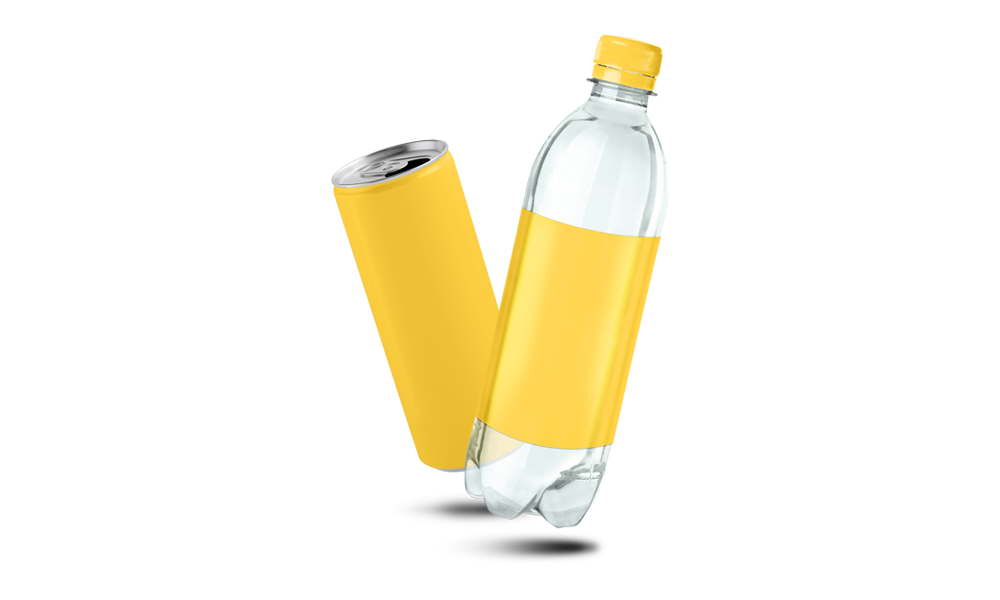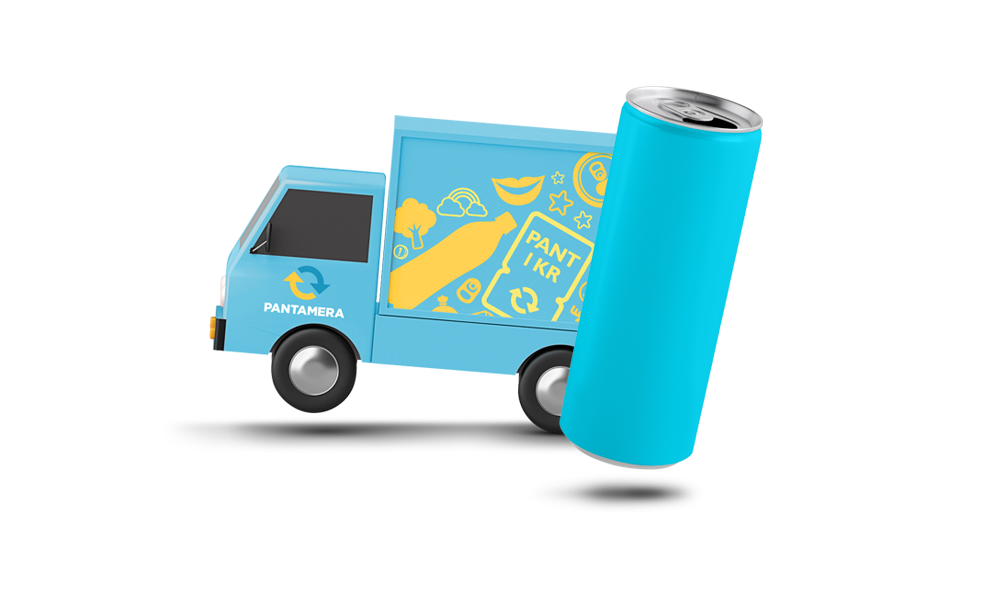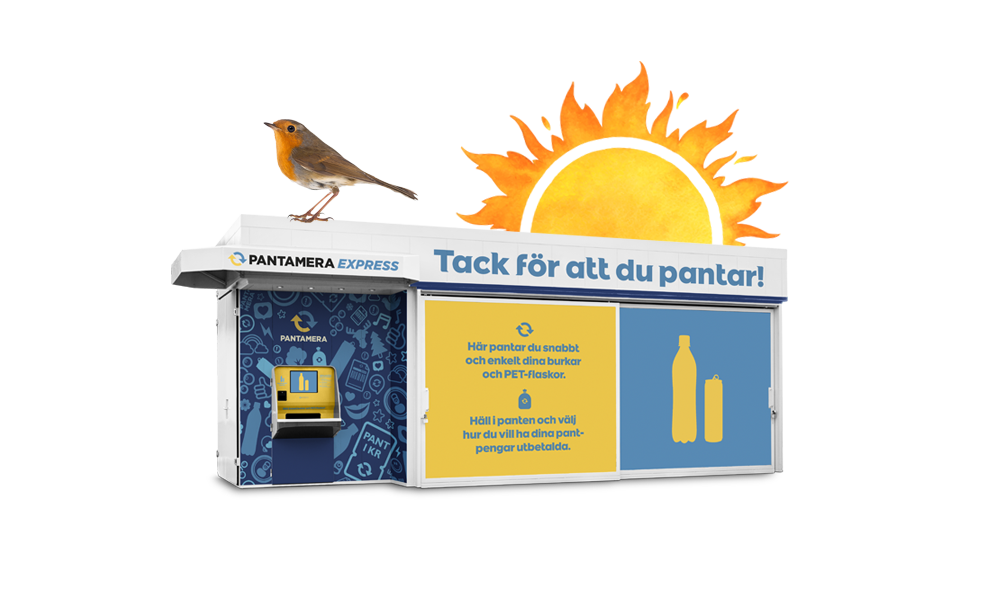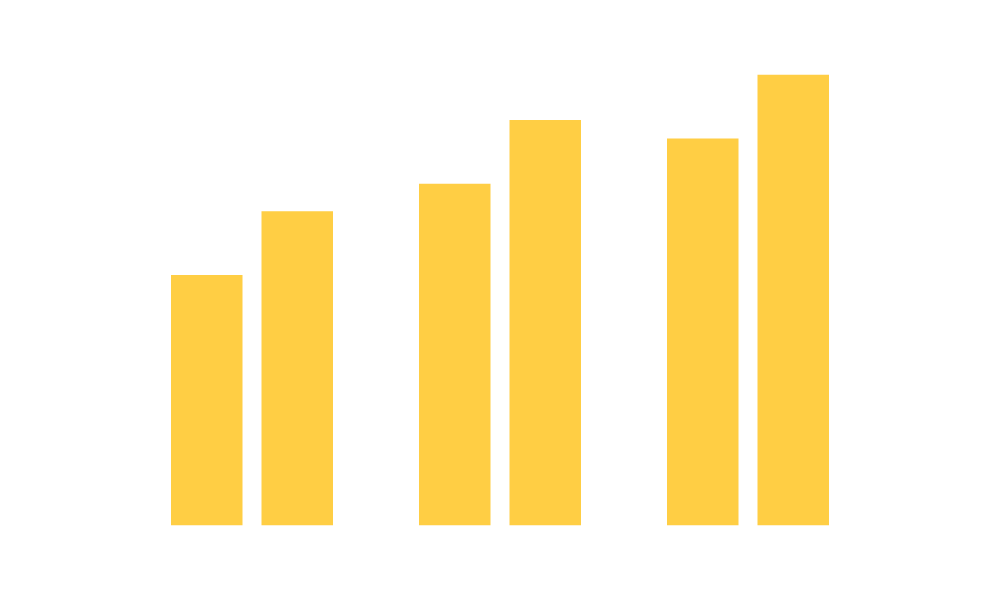New EU legislation
One of the major societal problems that the EU wants to combat is the growing amount of waste, especially from packaging, where single-use plastic packaging is considered to be the biggest culprit. Within the framework of the EU’s initiatives in the circular economy and the EU Green Deal programme, work is in progress aimed at updating and rewriting the Packaging and Packaging Waste Directive (PPWD). Alongside the Single-Use Plastics Directive (SUPD), which was launched a couple of years ago, the legislation for producers who use single-use plastic packaging is being significantly tightened up. Following its revision, it is proposed that the PPWD will move from the status of “directive” to “regulation”, which means that the legislation will be mandatory in all Member States, and the proposal is therefore called the PPWR. The PPWR is not yet finalised at the time of writing, and further negotiations remain.
Reusable packaging
Introducing reusable packaging for different types of products is viewed by the EU as an effective and important way of reducing waste. The current proposal includes a requirement for 10 per cent of beverage products to be packaged in refillable packaging by 2030, and there is a voluntary target of 40 per cent by 2040.
Reuse vs recycling
Both the reuse and recycling of packaging are highlighted as important and complementary solutions in the PPWR. Reuse in order to reduce the volume of waste and recycling to make use of material resources.
“From an environment perspective, it’s hard to say which is best in all situations, disposable packaging or reusable bottles made of glass and PET As always, it depends on what assumptions are made, what recycling is available and the nature of the transport flows. Reusable glass fulfils its function in shorter return flows and works effectively in restaurant businesses, for example. At the same time, the recycling of single-use packaging is a better alternative environmentally in other flows,” says Sara Bergendorff, Sustainability and Quality Manager at Returpack.
Return systems for bottles and cans
in all EU Member States The legislation proposes that it should be mandatory for all Member States to introduce deposit systems by 2029 for (disposable) beverage bottles and cans. As a model for the formulation of the legislation, the EU has looked at how the deposit systems are structured in the Nordic countries.
The PPWR is launching requirements that describe how deposit systems should be structured and function, but in the current proposal, deposit systems that have already been established do not have to respond to these if they can demonstrate a collection rate of at least 90 per cent.
Other proposals to promote material recycling
The PPWR also includes requirements relating to recyclable packaging. All plastic packaging that is placed on the market must be classified as recyclable by 2030, according to standards under development, and this also includes PET bottles. The fact that all plastic packaging will be recyclable is positive, but with harmonised requirements and standards, there is a risk that we will not be able to set our own packaging requirements in relation to registration as we do at present. We are therefore participating actively in the ongoing standardisation work at both a Swedish and a European level. Other proposals for increasing material recycling include requirements regarding the recycled content in plastic packaging – for PET beverage bottles, the targets are 30 per cent by 2030 and 65 per cent by 2040.
